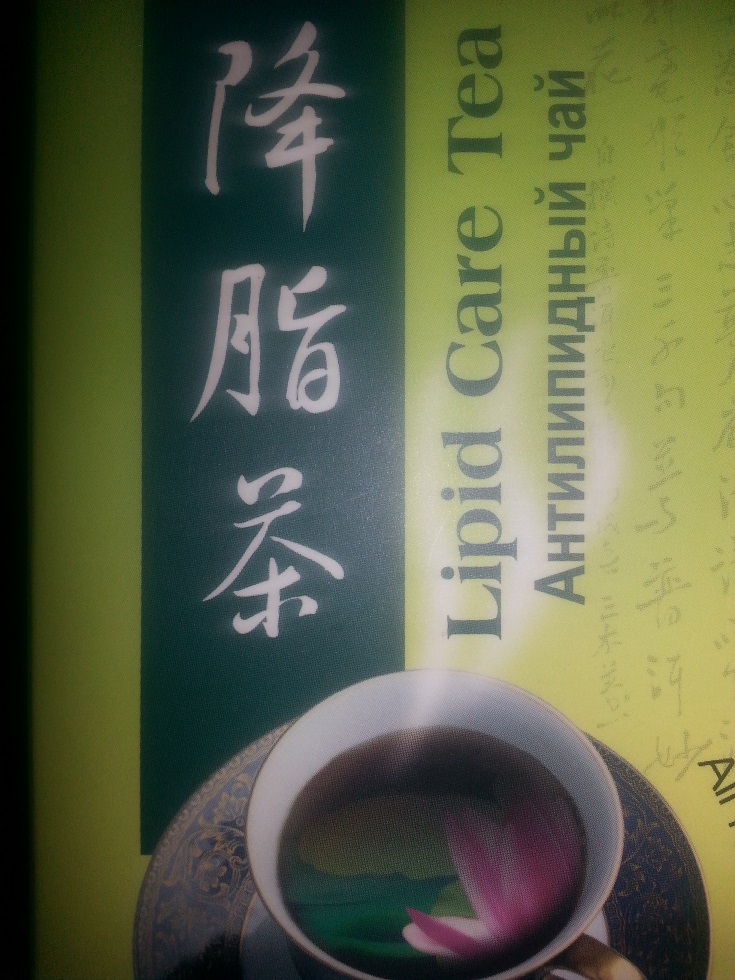It really boils down to the very point: your knowledge of characters and especially how familiar you are with them. I have a hard time reading a lot of things handwritten in Chinese, while at other times I notice that I can just spell out all the characters, even if I have never seen a single character from that person.
Some people have easy to read handwriting, some don't. Obviously that's something subjective, but you cannot do anything about it. What you can do is to practice handwriting a lot yourself and notice how your handwriting shifts from the school kids' stroke-by-stroke pattern to a more sophisticated, mature handwriting, where things start to become more fluid and less accurate. Probably you have a nice handwriting in your own language, whether it be Latin or any other script. And probably your handwriting has matured from a school kids letters to a more elegant and fluent script. This process has subconsciously helped you not only to read your own handwriting but to have a grasp of other people's handwriting, too.
There are three things you can do to make progress:
- Write Chinese by hand. Write a lot. Try to write faster and faster and observe how your handwriting evolves into something more sophisticated and "calligraphic". It will not necessarily look "talented" at first, but that doesn't matter. What really matters that you see how your strokes change and become more fluid, until they eventually get "simplified" and even merge.
- Install some calligraphic looking Chinese fonts on your computer and play around with them. Fire up MS Word or any word processor, set the font size to something larger than 36pts, set the typeface to the installed font and type something. This way you will know what you are typing, since you type it, but you will also see how the characters actually look like in that specific font, sometimes you will feel like "what-the-hecko", at other times you will immediately recognized the strokes of that specific character. Here is a site to look for some fonts: font.chinaz.com (although I think most fonts here are copyrighted protected but uploaded by anyway, be sure to only use fonts for study, you should be on the safe side)
- Improve and expand your vocabulary. Many multi-character words have at least one character that is easier to recognize and your vocabulary will help you to make a guess, what the other character(s) could be. Also, the more characters you know, the more likely that you will recognize parts of characters, since character components pretty much repeat all the time.
EDIT: the characters on the package are 降脂茶. If you don't recognize a character, try to recognize at least a part of it. E.g. in the second character it is obvious that the left side is 月 (肉) while the bottom-right part of it 日. You can assume that any part of it you can recognize could be the radical, with which you should be familiar, of course. Now try to give an estimate for the unrecognizable part, how many strokes that could be. Add or take one stroke and you can look it up in a character dictionary, it takes a while but it's not that hard.
As for 降 the tricky parts here are probably the left side and the top-right part, eventually to me it is a recognition process based on the characters and character parts I already now. If you have seen 夅 as a right-side component of any other character (e.g. 逄)then you should be able to recognize it just by observing its shape or if you are advanced by the composing strokes.

